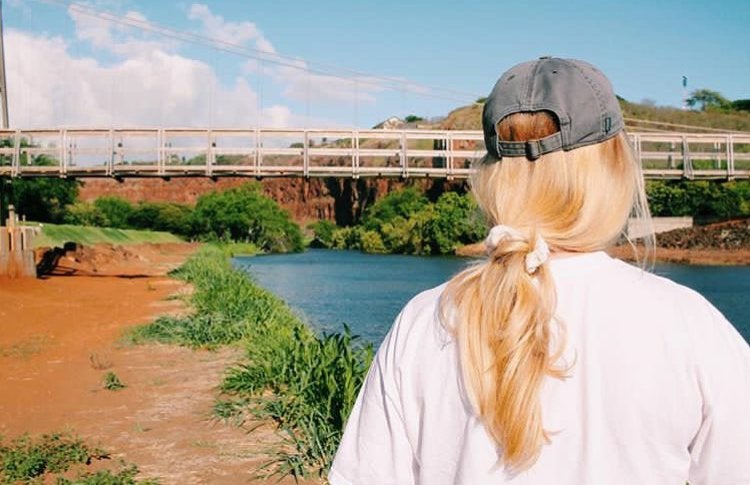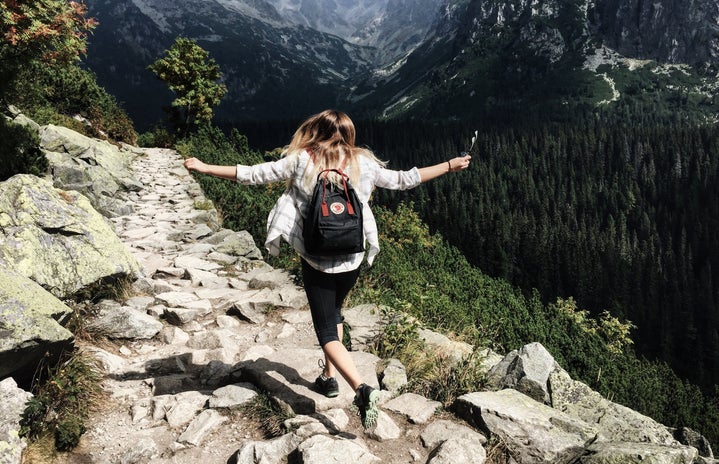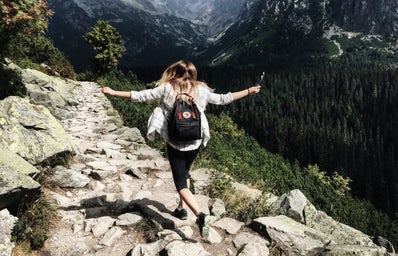Backpacking is the best way to take in the natural world and to either contemplate your reality without stress or to forget it for the time being. From my perspective, it’s a way to spend quality time with loved ones and see the natural beauty within the mountains that I don’t see regularly. It’s all about feeling the wind and sun on your skin and the faint sound of the streams going past you. It is easy to go on your first backpacking trip, but there are a few tips and strategies to keep in mind.

Another key piece of advice is to bring enough food for the entire duration of your trip. Carbohydrates and proteins should be the two main components of the meals and snacks you bring. Backpacking requires a lot of energy because you are constantly moving, whether it be gathering firewood or hiking to your next destination. A few snacks I bring are calorie-dense protein bars, nut butter, beef jerky, and trail mix. For meals, I recommend taking freeze-dried camping meals because they are lightweight, tasty, and have lots of calories. Oatmeal and ramen are also perfect for backpacking. Whatever food it is, remember that the packaging is something you have to take back. It can be difficult to carry if it’s bulky or messy.

It is also essential to bring specific items for your safety. For example, hoist your food in a tree during nighttime if you are near bears. A few other necessary supplies include a compass, map, lighter, first aid kit, and a whistle. Although this is a lot extra to carry, you never know when there is an emergency and need it.
Backpacking is one of the most exciting activities to do. I highly recommend taking the time to plan a trip with your friends or family to have the most memorable experience!


